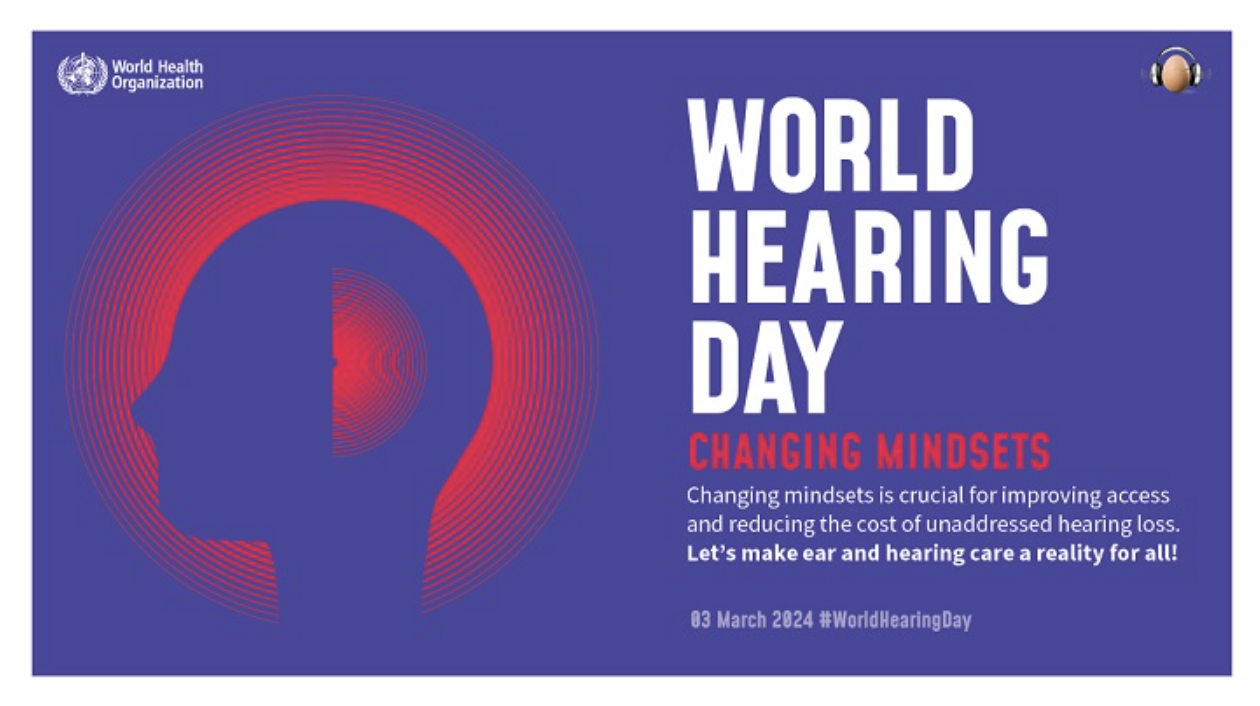
What’s So Funny? Understanding humor with hearing loss
March 13, 2019
What my debate competitions taught me about advocacy
March 18, 2019Hear to Learn provides resources for parents new to hearing loss

Getting that initial diagnosis that your child has hearing loss can be completely overwhelming. Who can you turn to for help? How can you fully understand their needs?
One free resource, Here to Learn, aims to answer those questions, as well as help bridge learning, between hearing care professionals to the parent, and from the parent to other caregivers, family and friends.
With interactive video tutorials, language activities, research and webinars, Hear to Learn, provides resources in both English and Spanish to help parents of young children with hearing loss who are focused on development of spoken language find answers to all their questions.
Resources for those new to hearing loss
Hear to Learn, which was released in February 2017, came about from research to better understand parent experiences and audiologists’ practices related to pediatric hearing loss diagnosis and hearing aid management, says founder Karen Muñoz. Muñoz, who is also the Department Head & Audiology Division Chair and a Professor at Utah State University, says she recognized practice gaps and parent challenges that can interfere with child outcomes.
Throughout her research process, she became increasingly aware of the lack of resources.
“I discovered the resources were fragmented, written at a high reading level, and were not structured in a way to support parents in developing the skills they need to attend to their child’s daily hearing care needs,” she says. “I was mulling over this issue and decided that an Internet resource would be an option that could benefit parents, regardless of where they live.”
Hear to Learn
HearToLearn.org has has four sections to help parents new to hearing loss:
- Interactive video tutorials on various topics related to hearing loss management, hearing device management, family wellbeing, listening and language, perspectives, and a section on clinical skills that is primarily targeted to professionals
- Activities to assist with language development
- Research with relevant research articles and research-based infographics
- Webinars and a communities section, which provides a place for parents to share their story, and ask questions
“Parents have said they are so thankful to have information readily available, and that they have shared it with other families,” Muñoz says. “Other parents have said they wish Hear to Learn had been available when their child was first diagnosed because there was so much they needed to learn.”
Read more: 3 Phonak classroom resources you should know about
Audiologists or hearing care professionals can also access the content, and use it as a supplement to their work with families,” Muñoz says.
“(Hearing care professionals) have said they print off the language activities to help families begin integrating targeted language strategies at home,” she says. “They have also reported using the video tutorials during sessions to help demonstrate a skill they are working on.”
Muñoz invites professionals and parents to browse HearToLearn.org to build on information based on their desired level of interest. She also welcomes feedback or requests for topics, which can be submitted via the feedback button for each tutorial on the website.



